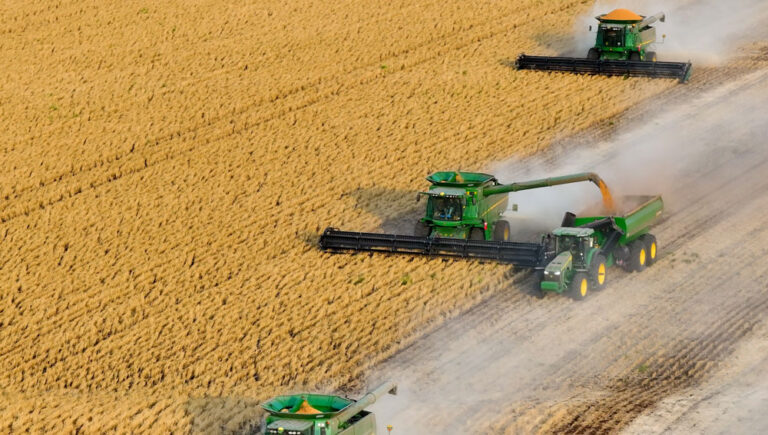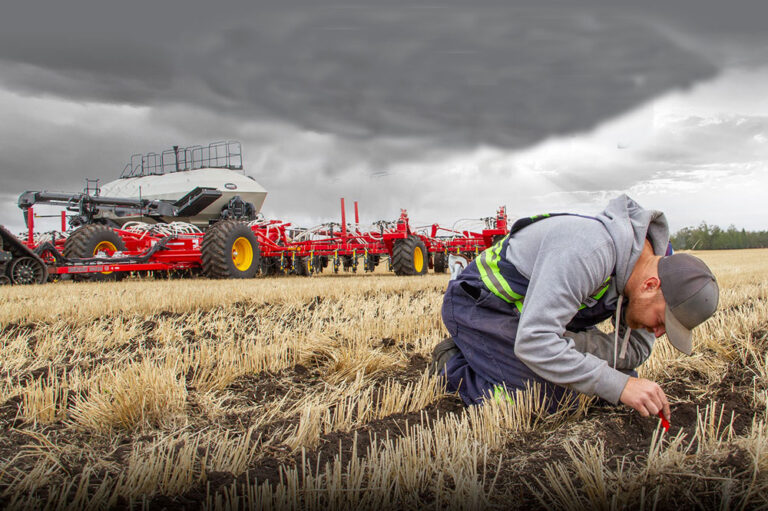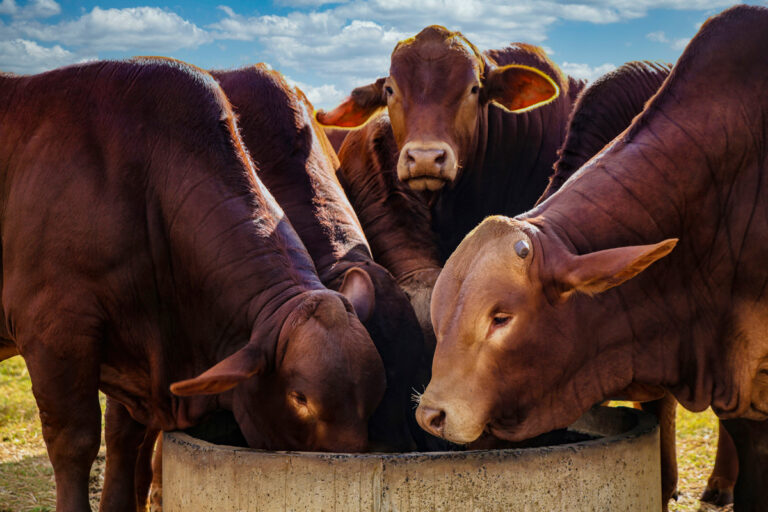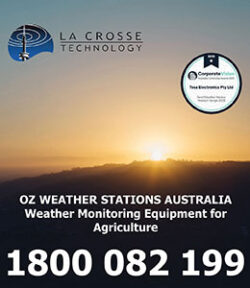Apart from cropping regions of South Australia and some in Victoria the 2024-25 winter season has been a bonanza for growers

Winter crop production across the country is estimated to have increased by 26% to 59.8 million tonnes in 2024-25 when compared to last year.
This is a healthy 27% above the 47.1 million tonnes 10-year average to 2023-24 and ranks as the third-highest winter harvest result on record.
And while the majority of the national winter crop production is estimated to have increased last year, seasonal conditions were from exceptional in some states to below average in some winter cropping regions.
Winter crop production is estimated to have increased by 79% in New South Wales and more than doubled in Queensland, with total production expected to reach the second highest at 20.3 million tonnes for NSW and highest result on record at 3.8 million tonnes for QLD.
Favourable growing conditions throughout the season in most cropping regions in NSW and QLD contributed to above average yields in both states.

While crop prospects in Western Australia looked grim early on with a dry start and below average crop rainfall, things improved significantly throughout the growing season.
The timing of rainfall was critical, together with mild spring conditions that resulted in well above average yields for WA growers.
Total winter crop production in WA is expected to be the third highest harvest on record at 23.0 million tonnes.
In contrast, production is estimated to be well below average in South Australia, with a fall of 40% to 5.3 million tonnes, while Victorian growers also suffered a fall of 31% to 7.4 million tonnes in 2024–25.
Both Sa and VIC grower shad to content with persistent dry conditions throughout the winter cropping season and that led to widespread moisture stress and significantly lower than average winter crop yields.
Large areas of south-eastern Australia also experienced widespread severe frosts during September 2024, and that compounded the lack of rainfall during the growing season.

Despite below average in crop rainfall in major cropping regions of South Australia and Victoria, and to some extent in select Western Australia regions, it has been noted that improved farming practices have warded off a total calamity.
Growers that have adopted ways to conserve soil moisture and improve water use efficiency together with advancements in seed varieties, have resulted in higher-than-expected yields given the challenging seasonal conditions.
National winter crop production has been revised up 9% from earlier industry predictions for New South Wales, Queensland, Victoria and Western Australia to more than offset a slight downward revision for South Australia.
With national production estimates for all major winter crops at 27% above the 10-year average in 2023-24, both local and export markets will be satisfied with the third largest winter harvest on record at 59.8 million tonnes for 2024-25.

Production by crop variety
Wheat production across the country is estimated to increase by 31% to 34.1 million tonnes in winter season 2024-25, 28% above the 10-year average to 2023-24.
Wheat production in New South Wales and Western Australia, the two largest wheat producing states, is estimated to rebound by 82% and 64% respectively in 2024-25, largely driven by increased production in northern cropping regions of both states.
Barley productionis estimated to increase by 23% to 13.3 million tonnes in 2024-25, 17% above the 10-year average to 2023-24. Reflecting an estimated 10% increase in area planted and above average national barley yields.
Canola productionis estimated to have fallen by 2% to 5.9 million tonnes in 2024-25, driven by a decrease in total area planted offsetting higher yields.
The area planted to canola, however, remains above the 10-year average resulting in expected canola production remaining 31% above the 10-year average to 2023-24.
Lentil productionis estimated to be down by 26% to 1.2 million tonnes in 2024-25, reflecting dry conditions across southern states.

However, this production level remains well above the 10-year average to 2023-24 of 764,000 tonnes, a result of an estimated record area planted to lentils in 2024-25.
Chickpea productionis estimated to have reached a record high in 2024-25 of 2.3 million tonnes. This is almost three times the 10-year average to 2023-24 of 784,000 tonnes.
This result reflects a significant expansion in area in response to favourable prices, and record national yield given optimal planting and growing conditions in New South Wales and Queensland.
Winter crop plantings
The cropping ground planted for winter crops in 2024-25 is estimated to have increased by 8% to 24.9 million hectares. This is an all-time national record for plantings.
The record plantings were driven by growers in New South Wales, up 27%, and Queensland, up 38% due to favourable seasonal conditions at the start of the season.
Following the disastrous result for both states in the 2023-24 season, many growers chasing their losses led to increases in both states, with many expanding into regions not normally sown to winter crops such as northwest New South Wales.













